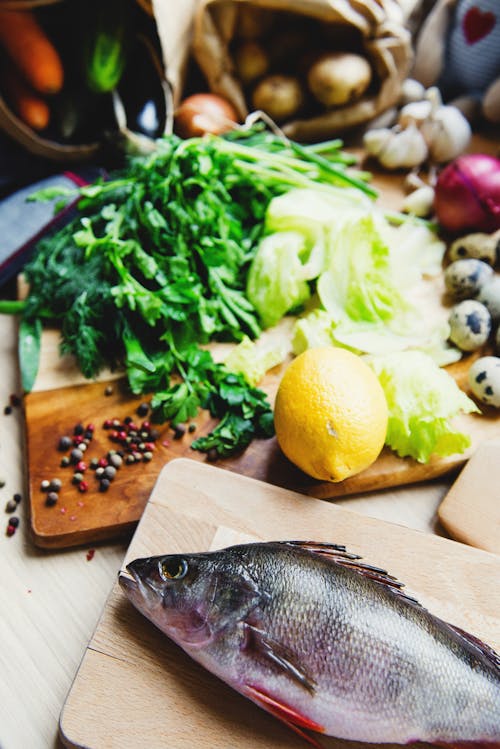
Mongolia, a nation bordered by China and Russia, is known for vast, rugged expanses and nomadic culture. Its capital, Ulaanbaatar, centers around Chinggis Khaan (Genghis Khan) Square, named for the notorious founder of the 13th- and 14th-century Mongol Empire. Also in Ulaanbaatar are the National Museum of Mongolia, displaying historic and ethnographic artifacts, and the restored 1830 Gandantegchinlen Monastery.
The national capital, Ulaanbaatar,Mongolia World Most Beautiful Country
the Mongol warrior would typically pack dried meat some cheese. and fermented milk alcohol in addition to this he might pack a bag of onions meat and rice that would be placed under the saddle. and would be slowly cooked by the friction of his body. and the horses turning it into a stew like substance.
Some Mongolians operate illegal meat and leather trade. Dog meat is said to have a special healing effect, and it is often used in the treatment of lung diseases. Chinese and Koreans who live in Mongolia eat dog meat. There are other reasons for the killing of stray dogs.
Thus, their food groups were predominantly milk products and a variety of meats. While the Mongols appreciated milk products, they didn't drink fresh milk; instead they fermented milk from mares, making an alcoholic drink known as airag or kumiss.
Mongolian cuisine predominantly consists of dairy products, meat, and animal fats. The most common rural dish is cooked mutton. In the city, steamed dumplings filled with meat—"buuz"— are popular. The extreme continental climate of Mongolia has influenced the traditional diet.
----------------------------------------------------------
Translation in German

Die Mongolei, eine Nation, die an China und Russland grenzt, ist bekannt für ihre riesigen, rauen Weiten und ihre Nomadenkultur. Die Hauptstadt Ulaanbaatar befindet sich rund um den Chinggis Khaan (Dschingis Khan) Platz, benannt nach dem berüchtigten Gründer des mongolischen Reiches aus dem 13. und 14. Jahrhundert. Ebenfalls in Ulaanbaatar befinden sich das Nationalmuseum der Mongolei mit historischen und ethnografischen Artefakten sowie das restaurierte Gandantegchinlen-Kloster von 1830.
Die Hauptstadt Ulaanbaatar, das schönste Land der Mongolei
Der mongolische Krieger packte normalerweise etwas Käse aus getrocknetem Fleisch. und fermentierter Milchalkohol zusätzlich könnte er eine Tüte Zwiebelfleisch und Reis packen, die unter den Sattel gelegt würde. und würde langsam durch die Reibung seines Körpers gekocht werden. und die Pferde verwandelten es in eine eintopfartige Substanz.
Einige Mongolen betreiben illegalen Fleisch- und Lederhandel. Hundefleisch soll eine besondere heilende Wirkung haben und wird häufig zur Behandlung von Lungenerkrankungen eingesetzt. Chinesen und Koreaner, die in der Mongolei leben, essen Hundefleisch. Es gibt andere Gründe für die Tötung streunender Hunde.
Daher waren ihre Lebensmittelgruppen überwiegend Milchprodukte und eine Vielzahl von Fleischsorten. Während die Mongolen Milchprodukte schätzten, tranken sie keine frische Milch; Stattdessen fermentierten sie Milch von Stuten und machten ein alkoholisches Getränk, das als Airag oder Kumiss bekannt ist.
Die mongolische Küche besteht überwiegend aus Milchprodukten, Fleisch und tierischen Fetten. Das häufigste ländliche Gericht ist gekochtes Hammelfleisch. In der Stadt sind gedämpfte Knödel mit Fleisch - "buuz" - beliebt. Das extreme kontinentale Klima der Mongolei hat die traditionelle Ernährung beeinflusst.
-------------------------------------------------------------
Translation in French

La Mongolie, une nation bordée par la Chine et la Russie, est connue pour ses vastes étendues accidentées et sa culture nomade. Sa capitale, Oulan-Bator, s'articule autour de la place Chinggis Khaan (Gengis Khan), du nom du célèbre fondateur de l'Empire mongol des XIIIe et XIVe siècles. À Oulan-Bator se trouvent également le Musée national de Mongolie, présentant des artefacts historiques et ethnographiques, et le monastère de Gandantegchinlen de 1830 restauré.
La capitale nationale, Oulan-Bator, Mongolie, le plus beau pays du monde
le guerrier mongol emballait généralement de la viande séchée avec du fromage. et l'alcool de lait fermenté en plus de cela, il pourrait emballer un sac de viande d'oignons et de riz qui serait placé sous la selle. et serait lentement cuit par la friction de son corps. et les chevaux le transformant en une substance semblable à un ragoût.
Certains Mongols exploitent un commerce illégal de viande et de cuir. La viande de chien aurait un effet curatif spécial et elle est souvent utilisée dans le traitement des maladies pulmonaires. Les Chinois et les Coréens qui vivent en Mongolie mangent de la viande de chien. Il y a d'autres raisons pour tuer des chiens errants.
Ainsi, leurs groupes alimentaires étaient principalement des produits laitiers et une variété de viandes. Alors que les Mongols appréciaient les produits laitiers, ils ne buvaient pas de lait frais; au lieu de cela, ils fermentaient le lait des juments, ce qui en faisait une boisson alcoolisée appelée airag ou kumiss.
La cuisine mongole se compose principalement de produits laitiers, de viande et de graisses animales. Le plat rural le plus commun est le mouton cuit. Dans la ville, les boulettes cuites à la vapeur remplies de viande - "buuz" - sont populaires. Le climat continental extrême de la Mongolie a influencé le régime alimentaire traditionnel.
Comments
Post a Comment